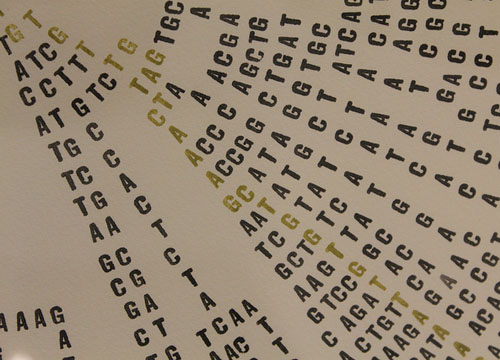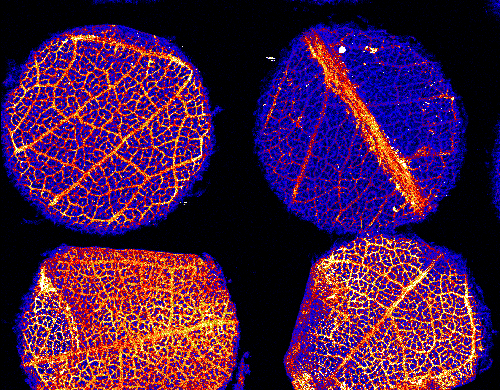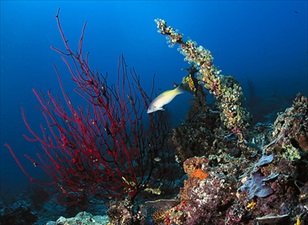
AsianScientist (Feb. 11, 2013) – CSIRO scientists are using 3D printing to build a new generation of hi-tech fish tags made of titanium. The aim is to use the tags to track big fish such as marlin, tuna, swordfish, trevally, and sharks for longer periods.
Scientists from a number of agencies, including CSIRO Marine and Atmospheric Research, use fish tags to track movements of individual marine species and increase understanding of their behavior. Tracks of selected marine animals tagged by CSIRO and partner agencies can be viewed on the CSIRO Ocean Tracks website.
The tags are first printed layer by layer out of fused metal powder at CSIRO’s 3D printing facility, Lab 22, in Melbourne, before they are shipped to Tasmania where marine scientists are trialing them.
One of the advantages of 3D printing is that it enables rapid manufacture of multiple design variations which can then be tested simultaneously, the researchers say. Had they been using conventional tags which are machined out of metal blocks, it would have taken a couple of months to design, manufacture and receive the new designs for testing.
“Using our Arcam 3D printing machine, we’ve been able to re-design and make a series of modified tags within a week,” says John Barnes, who leads CSIRO’s research in titanium technologies. “When our marine science colleagues asked us to help build a better fish tag, we were able to send them new prototypes before their next trip to sea,” he adds.
Tags are made of titanium for several reasons: the metal is strong, resists the salty corrosiveness of the marine environment, and is non-toxic to living tissues.
Medical implants such as dental implants and hip joints are made of biocompatible titanium with a surface texturing which speeds healing and tissue attachment after implantation. Scientists hope that a similar rough surface will help the tag to stay in fish longer.
“A streamlined tag that easily penetrates the fish’s skin, but has improved longevity because it integrates with muscle and cartilage, would be of great interest to our colleagues conducting tagging programs across the world,” said CSIRO marine researcher, Russell Bradford.
To see tracks of tagged fish and 3D animations of fish in their underwater environment:
——
Source: CSIRO.
Disclaimer: This article does not necessarily reflect the views of AsianScientist or its staff.












